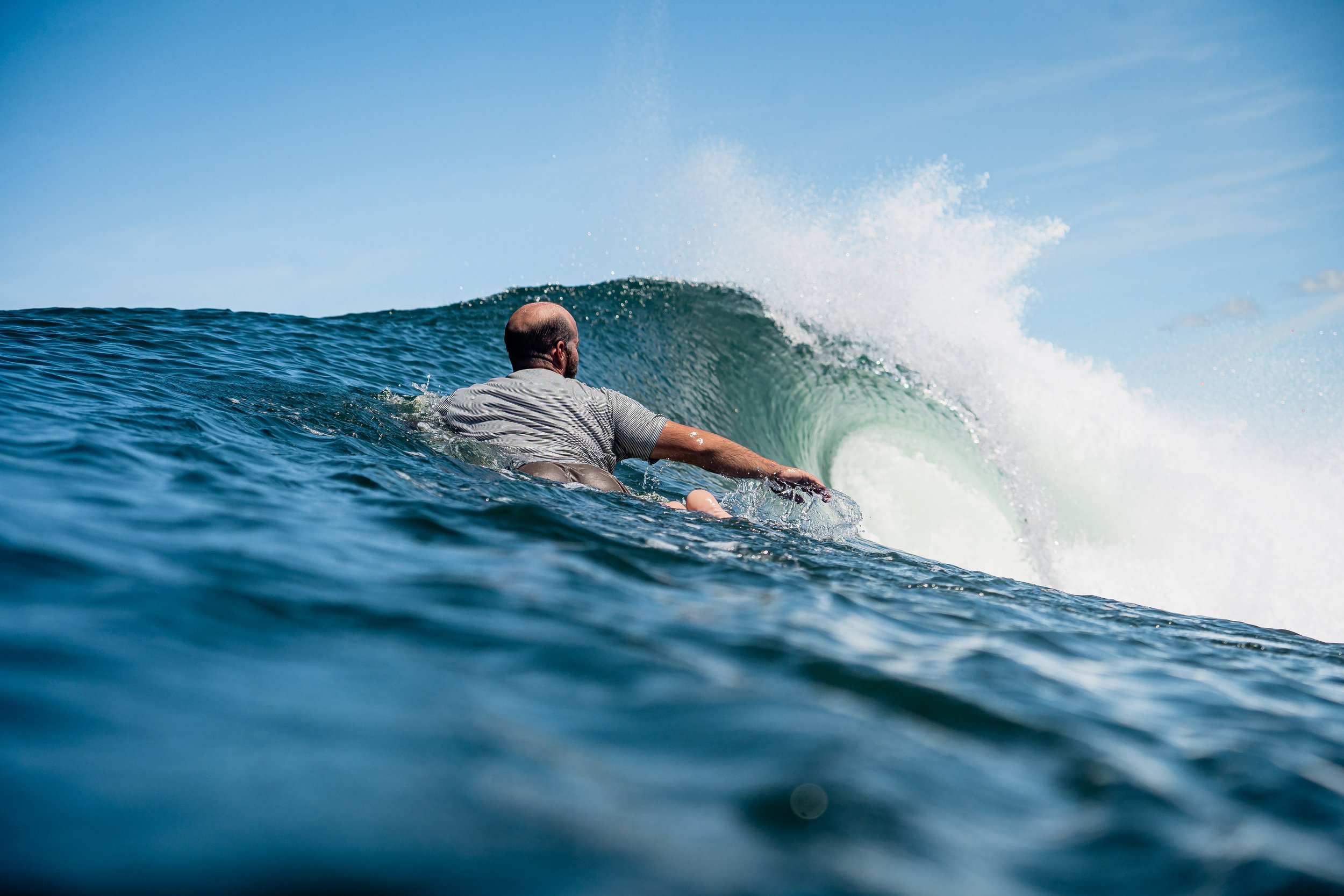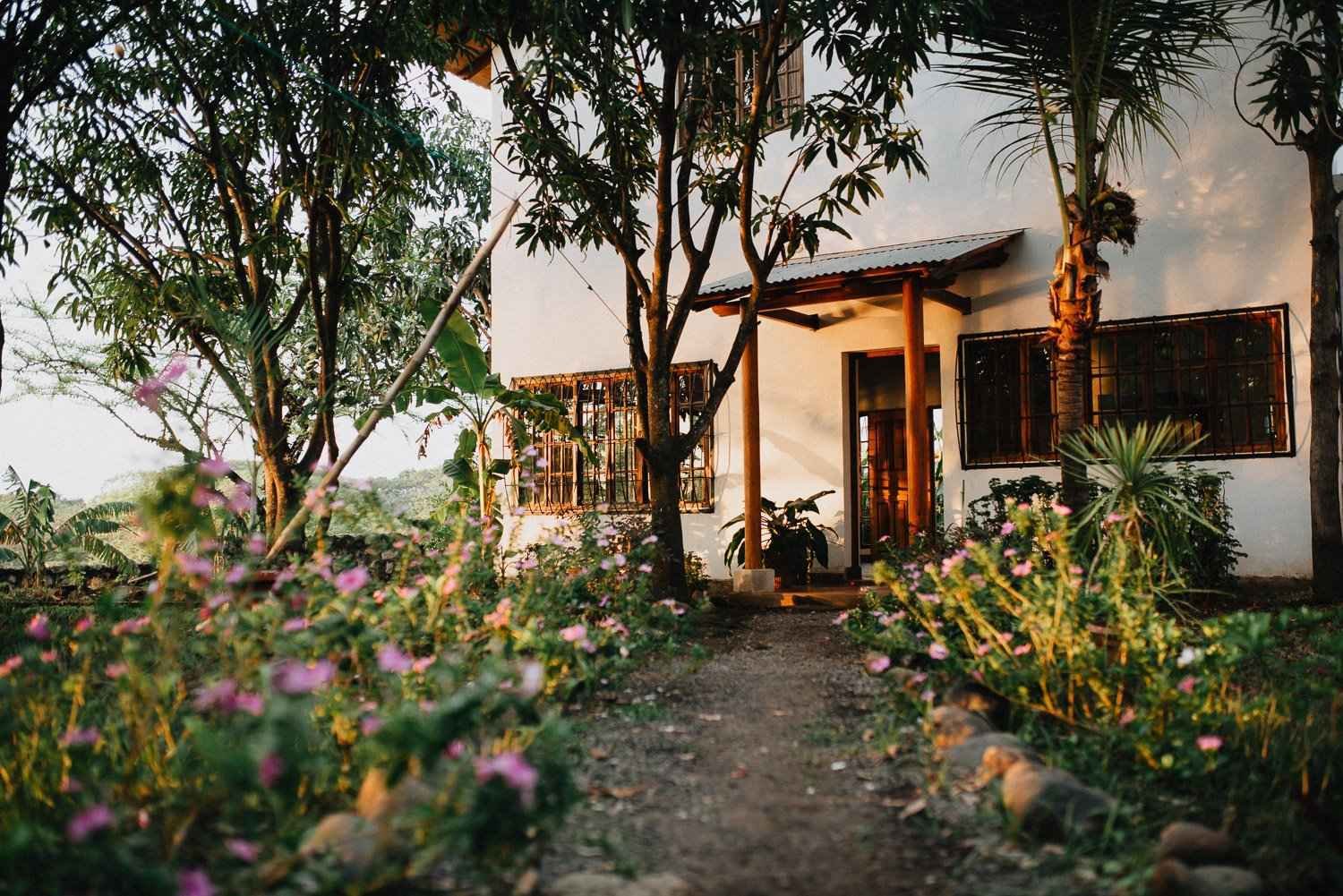How to Plan a Strike Mission to Northern Nicaragua
Few things are more satisfying than a successful strike mission. You've been monitoring the swell, you have the location dialed, now it's time to finalize your next surf trip. While planning a last-minute Nicaragua surf trip can be stressful, nothing is more satisfying than arriving at perfect waves for the duration of your trip. While Northern Nicaragua offers year-round surf, planning a strike mission based on a recent forecast ensures you score world-class waves, like the Boom, La Isla, or our offshore secret spots as good as they get. If you're thinking of planning a last-minute surf trip, continue reading below for How to Plan a Strike Mission to Northern Nicaragua.
What Forecast is Best for a Last-Minute Surf Trip to Northern Nicaragua?
If you're checking the forecast at home and thinking of pulling the trigger on a flight to Nicaragua, the main thing you'll want to look for is high tide mornings. The Boom and the other waves close to our Nicaragua surf resort work best from mid to high tide on a rising tide. High-tide mornings ensure low winds and optimal conditions for each of our home breaks. If you're chasing barrels at the boom, look for small to medium-sized ground swell with a medium interval, anywhere from 3 to 5 feet at 11 to 14 seconds.
Everything You Need to Know About Flying into Nicaragua
If you're flying into Nicaragua for a last-minute surf strike, you'll land at Augusto C. Sandino International Airport (MGA) in Managua. Several major U.S. cities offer direct flights, including Miami (American Airlines), Houston (United Airlines), and occasionally Los Angeles via Avianca or United. American is often the most surf-friendly option, treating board bags as standard checked luggage for around $35–$45, provided the bag stays under 50 lbs and 115 linear inches. United tends to charge more—anywhere from $150 to $200—especially if your board exceeds size or weight limits; however, this policy is not always enforced. Delta offers similar rates to American, but always check restrictions before booking, as surfboard policies vary by aircraft. Once you land, it's a smooth 2.5- to 3-hour drive to Northern Nicaragua. If you're staying at Amaru, we'll handle the ground transfer—just get yourself on the right swell and we'll take care of the rest. Insider Tip: Utilize Managua Airport's Salon VIP Service to bypass the line at customs and wait in a private lounge while your tourist visa is issued. The service costs $30 and includes the $10 entry fee. The service must be booked over 24 hours in advance.
What to Pack for a Last-Minute Nicaragua Surf Trip
When you're prepping for a strike mission, dialing in your board selection is everything. If you're chasing a swell to Northern Nicaragua, pack at least three boards: a high-performance shortboard for solid days at The Boom, a fish or groveler for high tide sessions or in-between swells, and a step-up for heavy days at The Boom or boat trips to outer reef setups. Beyond your travel quiver, don't forget the essentials—a ding repair kit, backup fins, an extra leash, a rashguard, and plenty of sun protection.
Stay Close to the Boom in Northern Nicaragua
If you're coming to surf The Boom, it doesn't get better than staying at Amaru. Our Nicaragua surf resort sits on a seaside bluff that overlooks the stretch of coastline connecting The Boom with Aposentillo. From your room, you're within walking distance of two breaks: one of the heaviest, most consistent beach breaks in Central America, and the other a mellow, user-friendly wave perfect for longboarding or beginners. Whether you're chasing barrels or just getting your feet wet, you're in the right place.
Book your last-minute Nicaragua surf trip to Amaru and score The Boom in all its glory. Why wait and miss the next swell? Lock in your flights—we'll handle the rest.



